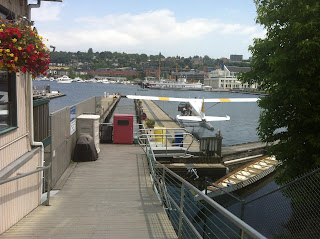They fought and died under the red, white and blue, but this July Fourth no flags will fly on most of their graves.
 |
Part of Veteran's Rest Cemetery at Vicksburg,
where only 1,600 of 5,000 Confederate graves are identified |
Yes, small American flags will decorate thousands of veterans’ graves in National Cemeteries across the country.
But in at least one city, less than a mile from such a cemetery, hundreds of white tombstones will not be honored, though they died fighting for their country.
At Vicksburg in the National Cemetery, the Stars and Stripes decorates almost 20,000 Union graves rolling over the green bluffs above the Mississippi River, on part of the historic battlefield. Besides other veterans of all wars buried there, more than 18,000 men in blue who died in the battle and elsewhere rest there. An astonishing 13,000 of them are unknown.
Can you imagine not knowing what happened to your son, your brother, your husband—not where he was killed?
Yet only a few hundred yards away there is another military cemetery, with rows upon rows of uniform white gray tombstones, also of men who died in the battle. But no flags decorate their graves.
One of them reads “First Lt. John Roseberry, Mo. Vols., 1834-1863.” He was just 27 years old.
Yes, overhead flies a red, white and blue flag…the Stars and Bars. A monument to a soldier stands in the middle…dedicated to “Our Confederate Dead.” A few of the hundreds of graves have tiny Confederate battle flags on them, but not many.
Vicksburg fell to Grant’s Yankee siege on July 4, 1863—a day after Lee lost the battle of Gettysburg a thousand miles away.
For years Southerners didn’t celebrate July 4—for them it wasn’t Independence Day, but memories of a lost cause. Instead, the whitish-gray monuments went up at every courthouse, with lone soldiers looking north on perpetual guard.
In the North, especially New England, the DAR—Daughters of the American Revolution--keeps veterans’ graves decorated year ‘round. Go to any cemetery and small American flags decorate the resting places of veterans not just of the civil war, but the Revolution, 1812 and everything since. And flags and red, white and blue bunting decorates the porches and windows of hundreds of houses in every town.
The Yankees didn’t need a Sept. 11 to celebrate July 4 and fly the flag.
In Oklahoma, and most of the rest of the country before Sept. 11, car dealerships were about the only places, other than government buildings, where flags flew. Since, more and more flags are seen, hanging in windows, used as bumper stickers, and small ones flying from passing cars. Still though, in Oklahoma, they’re not as common as the red and white ones flaunting a college football team, or the blue ones for a basketball team.
We have something to learn this July Fourth, from both the Yankees and the South.
Independence Day should no longer just be a holiday. Defiance and pride are in order. The South—the only region of the country to lose a war and be occupied by enemy troops—can’t forget what happened—surrounded by monuments and unmarked and neglected graves in hundreds of private cemeteries. As time passes, and the UDC—United Daughters of the Confederacy--no longer decorates the Confederate graves as at Vicksburg, will the memory of the cost of the sacrifice fade?
The Yankees remember also, all the way back to the First July Fourth and how costly it was to raise the first Stars and Stripes.
This Independence Day, no veteran’s grave should be forgotten, and the flag that represents the travails and triumphs of a free people should be defiantly and proudly raised.
What will you do about it, to keep July Fourth from just being a holiday?
 |
| Vicksburg National Cemetery |







































